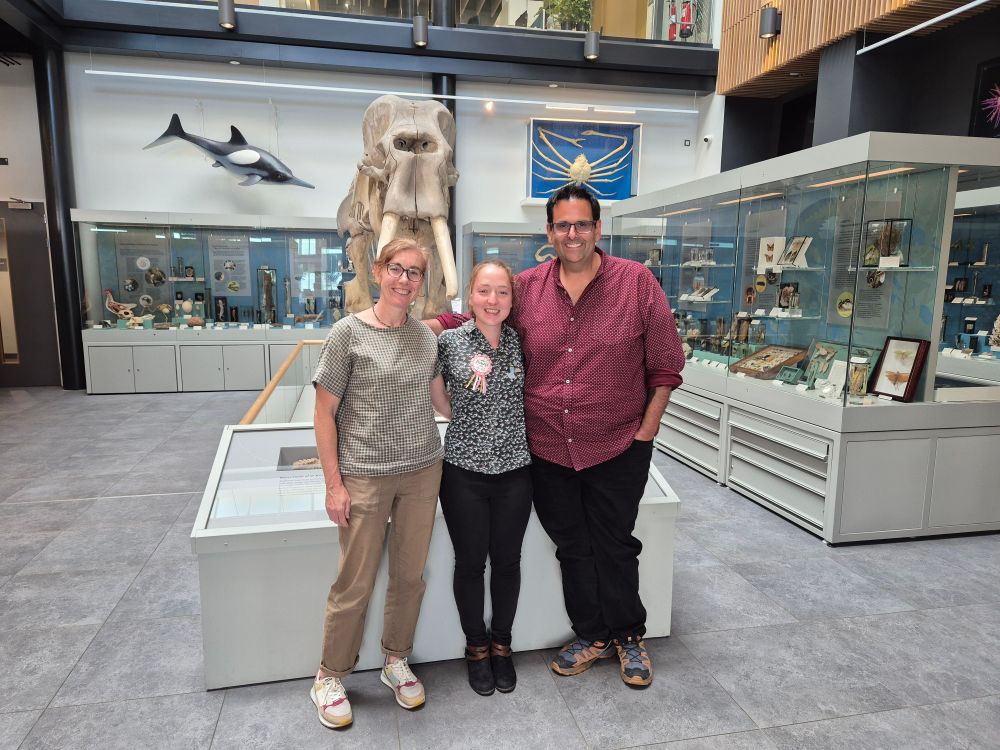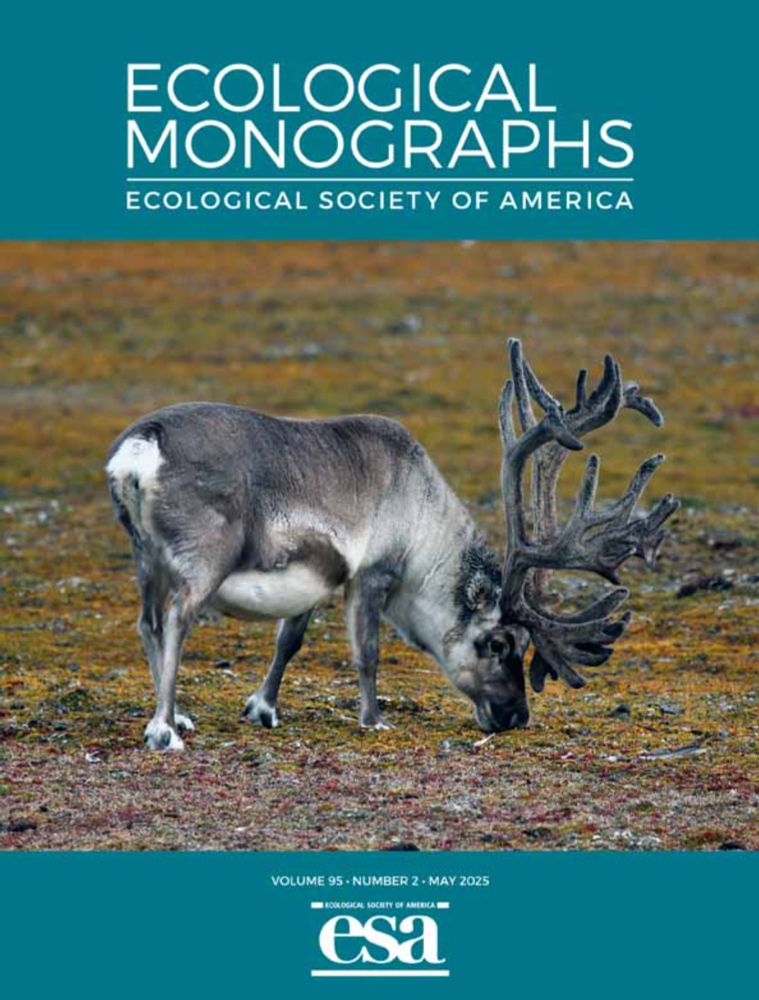Carlos P Carmona
@cpcarmona.bsky.social
2.8K followers
720 following
67 posts
Trait-based ecology | Biodiversity
Professor of functional ecology
Department of Botany. University of Tartu
Posts
Media
Videos
Starter Packs
Reposted by Carlos P Carmona
Reposted by Carlos P Carmona
Kerry Stewart
@kerrys189.bsky.social
· Aug 13
Carlos P Carmona
@cpcarmona.bsky.social
· Aug 14
Reposted by Carlos P Carmona
Reposted by Carlos P Carmona
Pedro Peres-Neto
@comecology.bsky.social
· Jun 27






